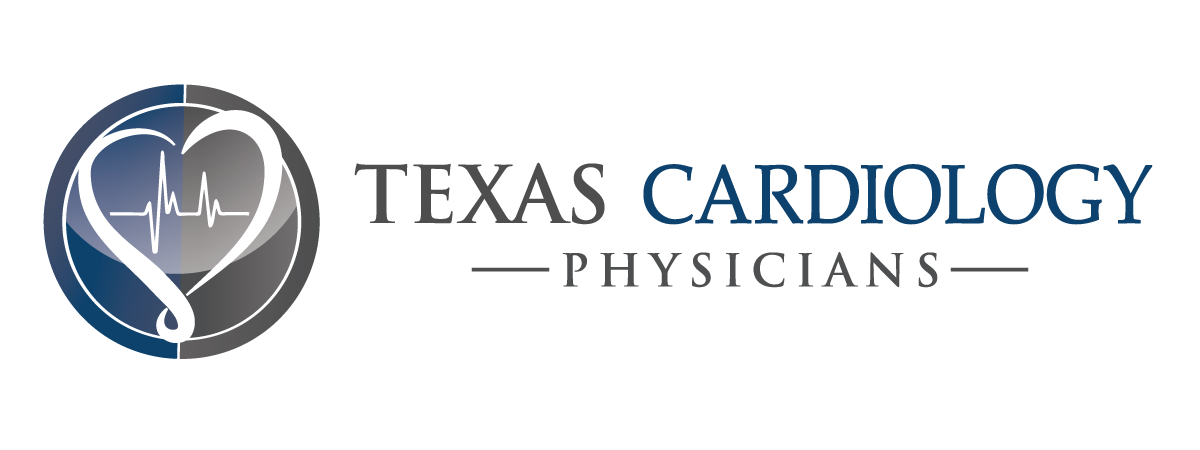
Understanding Arrhythmias: Common Rhythm Disorders and Treatment Options
Arrhythmias are abnormal heart rhythms that can affect the heart’s electrical system, leading to irregular heartbeats. These rhythm disorders can vary in severity and impact heart function. Understanding the different types of arrhythmias and available treatment options is essential for managing these conditions effectively. In this blog post, we will explore common rhythm disorders, their symptoms, and potential treatment options.
Atrial Fibrillation (AFib):
Atrial fibrillation is a common arrhythmia characterized by rapid, irregular electrical signals in the atria (upper chambers) of the heart. Symptoms may include palpitations, shortness of breath, fatigue, and dizziness. Treatment options for AFib include medication to control heart rate and rhythm, blood thinners to prevent blood clots, and procedures like catheter ablation to restore normal heart rhythm.
Supraventricular Tachycardia (SVT):
Supraventricular tachycardia is a condition in which the heart’s electrical signals misfire, causing a fast heartbeat. Symptoms may include rapid palpitations, chest discomfort, dizziness, and lightheadedness. Treatment options for SVT range from vagal maneuvers (such as bearing down or applying cold water to the face) to medications and, in some cases, catheter ablation.
Ventricular Arrhythmias:
Ventricular arrhythmias are abnormal heart rhythms originating in the heart’s lower chambers (ventricles). These can be life-threatening and may cause sudden cardiac arrest. Symptoms may include palpitations, dizziness, fainting, and chest pain. Treatment options for ventricular arrhythmias include medication, implantable cardioverter-defibrillator (ICD) placement, or catheter ablation.
Bradycardia:
Bradycardia is a condition characterized by a slow heart rate, usually fewer than 60 beats per minute. It can cause symptoms such as fatigue, dizziness, fainting, and shortness of breath. Treatment options for bradycardia may include pacemaker implantation to regulate the heart’s electrical impulses and maintain an appropriate heart rate.
Premature Ventricular Contractions (PVCs):
Premature ventricular contractions are extra heartbeats that originate in the ventricles. They may feel like skipped beats or palpitations. PVCs are often harmless and require no treatment. However, if they are frequent or associated with other symptoms, medication or lifestyle changes may be recommended.
Treatment Options:
Treatment options for arrhythmias depend on the specific type, severity, and individual patient factors. They can include lifestyle modifications (such as reducing stress, avoiding triggers, and maintaining a healthy lifestyle), medications to control heart rhythm and rate, catheter ablation to correct abnormal electrical pathways, implantable devices (pacemakers or ICDs), or surgery in some cases.
Understanding the various types of arrhythmias and their treatment options is crucial for managing these rhythm disorders effectively. If you experience symptoms like palpitations, chest discomfort, shortness of breath, dizziness, or fainting, consult with a healthcare professional for proper diagnosis and evaluation. Treatment plans will be tailored to your specific condition, aiming to control symptoms, improve quality of life, and reduce the risk of complications. Remember to follow your healthcare provider’s guidance and regularly monitor your heart health to ensure optimal management of arrhythmias.



